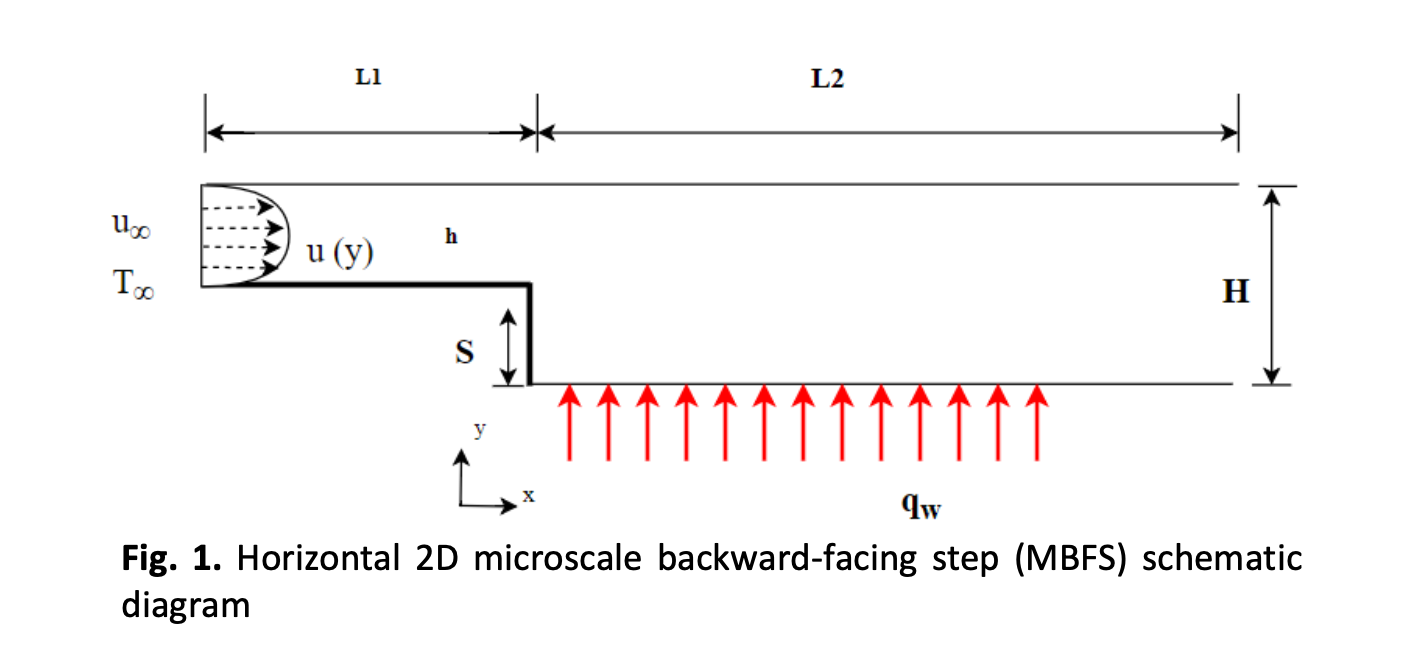Experimental Investigation of Nanofluid Turbulent Flow over Microscale Backward-Facing Step
DOI:
https://doi.org/10.37934/arfmts.99.2.119134Keywords:
Microscale, backward-facing step, heat transfer, turbulent flow, nanofluidAbstract
Experimental research was presented in this paper to illustrate the heat transmission and flow characteristics of nanofluid on a microscale backward-facing step channel. Except for the downstream wall, which was applied with uniform heat flow, the channel side walls were deemed adiabatic. Water was used as the base fluid and mixed with 30 nm diameter CuO nanoparticles with a volume fraction in the range of 0-0.04. The experiment was conducted at a Reynolds number range of 5,000–10,000. The results showed that the Nusselt number increases as the volume fraction increases. However, the increase in the nanoparticle volume fraction leads to an increment in the friction factor. Furthermore, the results indicated that increasing the Reynolds number lead to the volume fraction decreasing. It was found that there is an improvement of heat transfer by applying the CuO/water nanofluid with a 0.03 volume fraction of CuO nanoparticles with a significant performance evaluation criterion (PEC>1).
Downloads

































